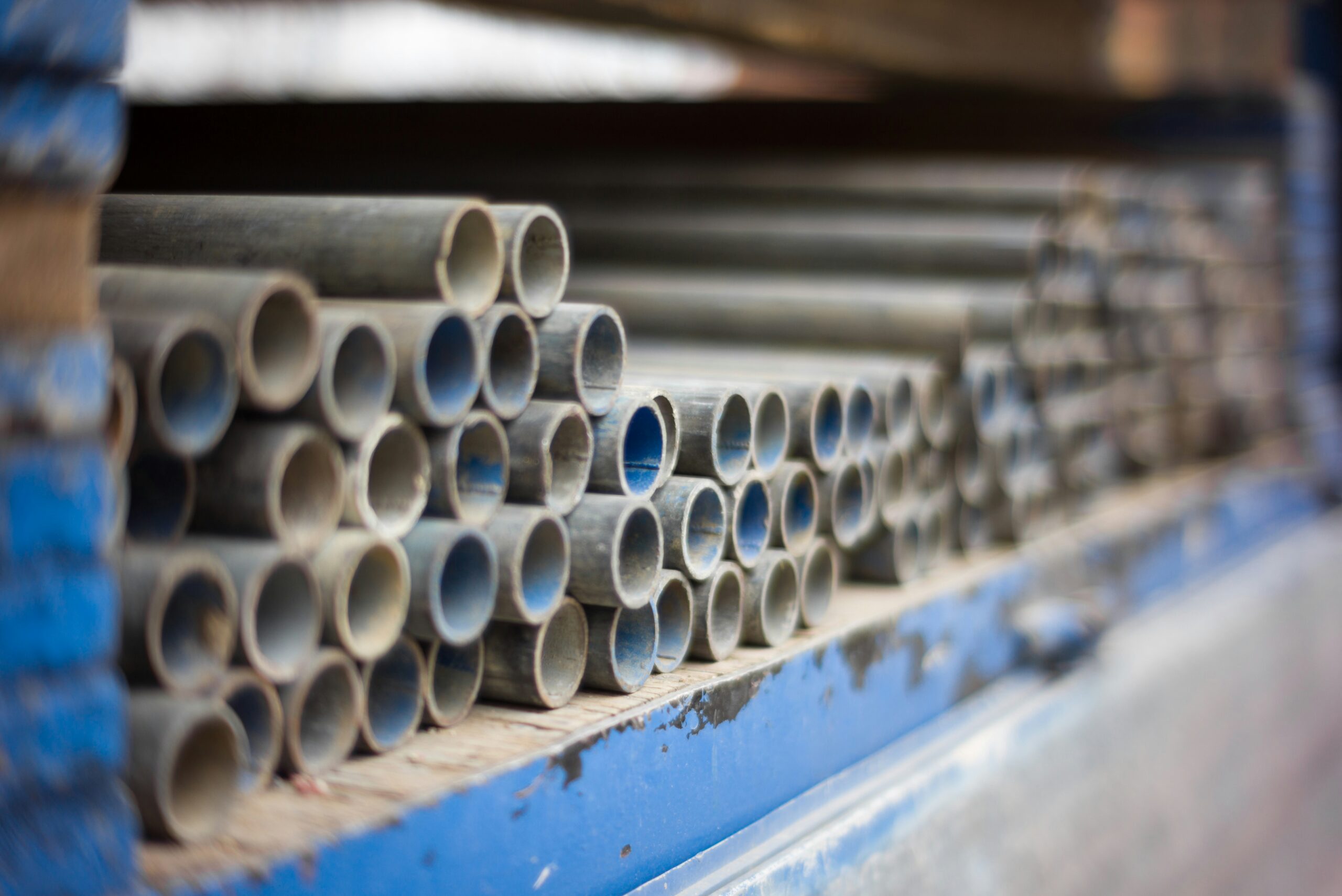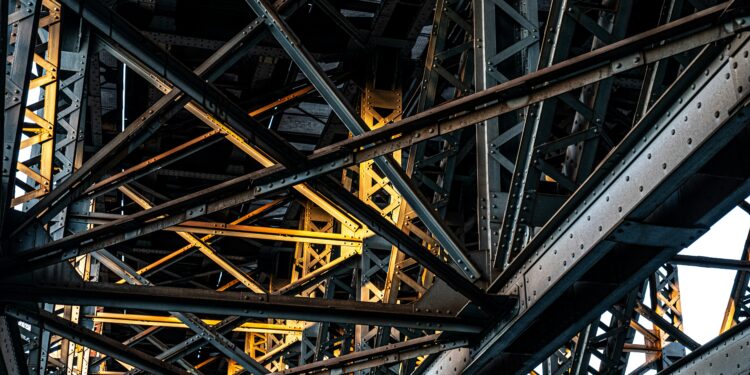The reported European Commission plan to slam 25% to 50% tariffs on Chinese steel is a monumental plan but it is dangerously close to being an economic placebo. Citing senior Brussels officials, German business daily Handelsblatt revealed the steep duties, intended to shield domestic producers from the global overcapacity crisis and secure the massive investments needed for decarbonisation.
While Commission President Ursula von der Leyen is right to champion a “new method to curb steel imports,” this aggressive tariff range, if implemented, represents a reactive, short-term measure that fails to address the structural global imbalance. China produces over half the world’s steel, and with its property sector sputtering, analysts project its exports to surge to a record high of up to 120 million metric tons. The European Union, however, is a relatively small market for Beijing, accounting for only around 4% of China’s exports.
The truth is that a 50% tariff on such minimal volume will be a mere ripple on China’s global trade tide, likely forcing Beijing to simply reroute its excess supply to other markets. This move is about providing a political shield for beleaguered EU producers who also face crippling 50% US import tariffs. The fundamental flaw is clear: an escalating tariff war cannot sustain the long-term, multi-billion-euro transition to Green Steel.

The European steel industry is caught between the anvil of cheap, high-carbon imports and the hammer of its own ambitious Green Deal mandates. Von der Leyen correctly identified that global overcapacity is “straining margins and making it harder for Europe’s steel industry to invest in decarbonisation”. Decarbonisation requires unprecedented investment in technologies like hydrogen-based Direct Reduced Iron (DRI) and Electric Arc Furnaces (EAF). This transition is commercially unviable if European producers must compete against cut-price steel flooding the market—much of it produced via older, more carbon-intensive methods.
The irony here is not lost: by failing to act decisively against trade distortion earlier, the EU risks sacrificing its climate leadership goals to market forces.
Why It Matters
The urgency to this policy is compounded by the fact that the existing steel safeguard measures cannot be prolonged beyond mid-2026 under World Trade Organization rules. The proposed new, long-term trade instrument must be far more sophisticated than blanket tariffs. It must align trade policy with the Carbon Border Adjustment Mechanism (CBAM), ensuring that the carbon price embedded in EU products is mirrored in all imports. This integrated approach is the only way to secure the “clean premium” necessary to finance the green transition.

















